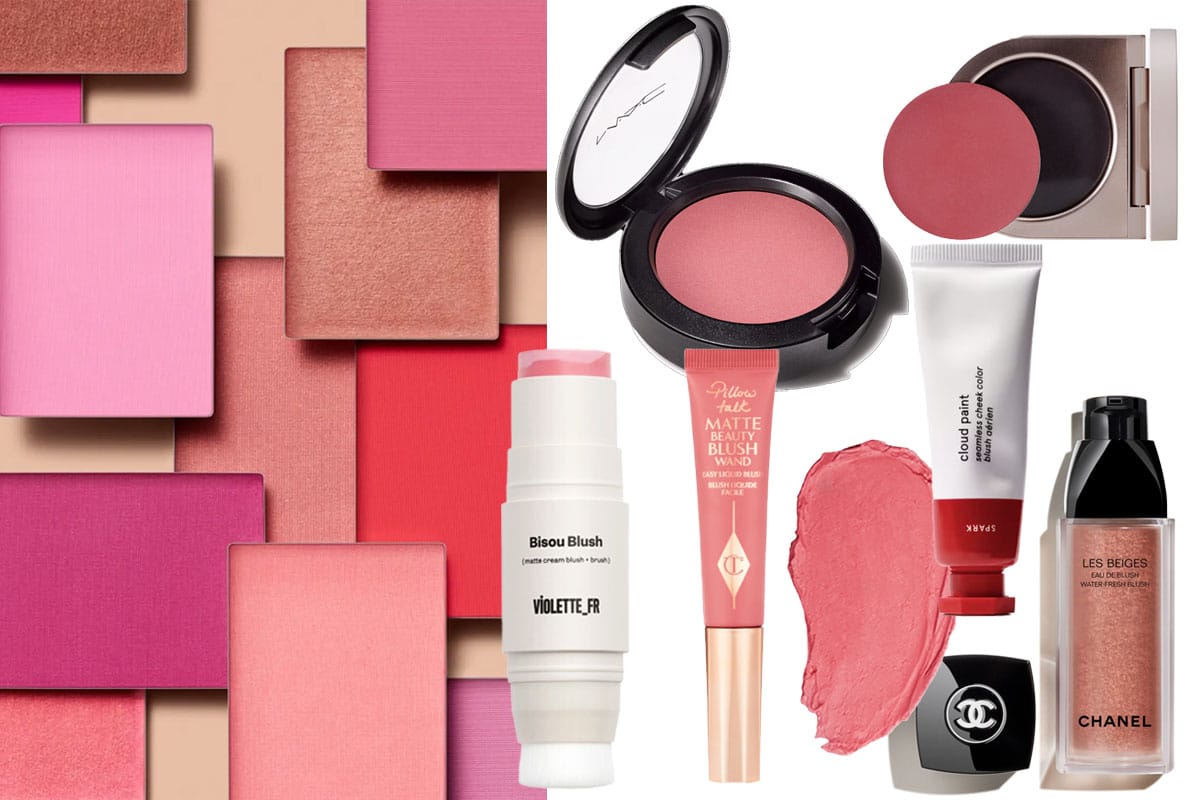
Wearing masks to protect against the spread of coronavirus has been a big (but necessary) lifestyle change. As we go about our daily lives, wearing resusable face masks have become a new norm.
But this new habit has brought with it a few unhappy issues. Mask-related skin issues like dryness, chaffing and acne are seemingly unavoidable. Speaking personally, even though I have never really suffered from acne in my life, I definitely am experiencing it now. Wearing a mask has not been kind to my skin in the slightest.
So, we consulted and expert for advice. Desiree Stordahl is the senior research & education manager at skincare company Paula’s Choice. We asked her our mask and skincare questions for solutions to our 'maskne' issues. She told us that what to avoid, what to change and why BHAs are our new best friends.
How does a mask impact our skin?
What happens when you wear a mask or face covering is body heat gets trapped beneath it, causing skin to prolonged sweating and condensation from the air coming out of your mouth and nose. This is an occlusive environment for excessive sweat and salt to build up on skin, which can result in redness/irritation, breakouts, or even peeling skin.
Additionally, with tight-fitting masks, the pressure and friction can lead to chafing over the areas of skin that the mask directly touches and rubs against. When these factors combine, it creates the perfect storm for flare ups, especially if you’re prone to conditions like rosacea or eczema.
What are the key things we should be doing to avoid mask-related skin troubles?
It’s best to start with clean skin so avoid wearing makeup in the masked area. If you’re wearing the mask for long periods of time, safely remove the mask and splash skin with cool (but not extremely cold) water whenever you get the chance. This helps cool skin down and rinses away the buildup of sweat and salt excretion caused by the occlusive, humid environment of a face mask. Lightly dab skin, but don’t aggressively wipe or rub—that will make your problems worse. Reapply your serum before masking up again.
Once you’re unmasked and safe at home, immediately cleanse with a gentle, fragrance-free face wash to remove the buildup of moisture, salt and sweat. Follow up with salicylic acid over the areas that you’re experiencing maskne. Salicylic acid has natural anti-inflammatory properties that make it gentle on skin, while it goes to work to unclog pores and minimise breakouts. For best results, opt for formula that has a pH between 3-4, like you’ll find in Paula’s Choice Clear Anti-Redness Exfoliating Solution with 2% Salicylic Acid
Are there any particular products we should be avoiding?
With all of these complications, it’s crucial to assemble a skin care routine that is gentle as possible and AVOID any products that may aggravate skin.
This means, fragranced skin care. Whether or not you see or feel it, fragrance triggers a volatile reaction that causes inflammation under the surface of skin. With skin being in a more fragile state, avoiding fragrance, both natural and synthetic, is even more crucial than ever.
Avoid Sensitising ingredients such as alcohol (SD or denatured), menthol, witch hazel or essential oils of any kind.
Also, ditch your abrasive scrubs or stiff cleansing brushes. These can cause tiny micro-tears that erode skin’s already-compromised barrier.
Try to avoid wearing makeup in the masked area. I get it—that can be tricky if you’re someone who loves makeup and say for example you’re going to a restaurant where you’ll be taking your mask off while you’re eating and drinking, so you’ll have to weigh the pros and cons. You can use it as opportunity to play up your eye makeup since that’s the main focus while the mask is on.
How should we be cleansing at the end of the day?
Once you’re unmasked and safe at home, immediately cleanse with a gentle face wash to remove the build-up of moisture, salt and sweat. Then go into repair mode. There’s no single best miracle product to apply—it takes a mix of hydrating, restorative, barrier-repairing, replenishing, and soothing ingredients.
If you’re unsure of how to put together a routine with those elements, check out Paula’s Choice CALM collection.
For mask-related blemishes, try to be extra good about removing your mask during the day when you can and dabbing cool water over skin. At night, use a 2% salicylic acid treatment over the affected area. Don’t worry, salicylic acid is an anti-inflammatory by nature so it’s gentle on skin.
To get extra sensitive skin or rashy-looking skin under control, it can be worth experimenting with an over-the-counter hydrocortisone cream to see if applying occasionally (no more than once per week) can help you.
Are there any kinds of masks that will have a lesser impact on our skin? Any fabrics to look for?
Generally speaking, the softer the fabric, the less irritation or friction on skin… but you also need to factor in washability. As lovely as silk masks look and feel, they stain easily and tend to shrink in hot water/drying temps. Tightly-woven, multi-layered cotton blends are a good compromise, and if you’re making the mask yourself, wash and dry the fabric first to get accurate sizing (since heat drying will cause some amount of shrinking). Another tip: Using a fragrance-free laundry detergent, as fragrance can trigger irritation in skin.



